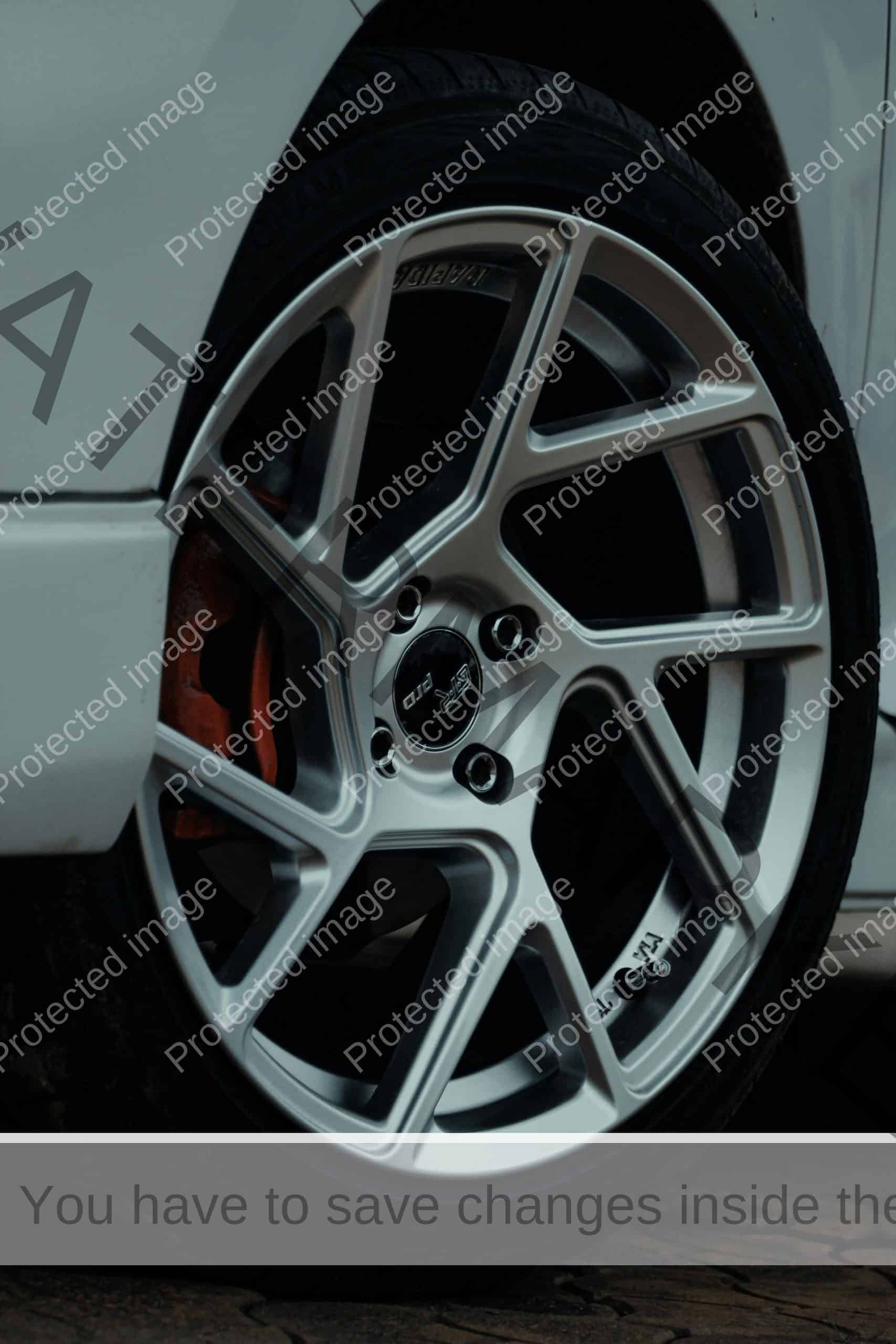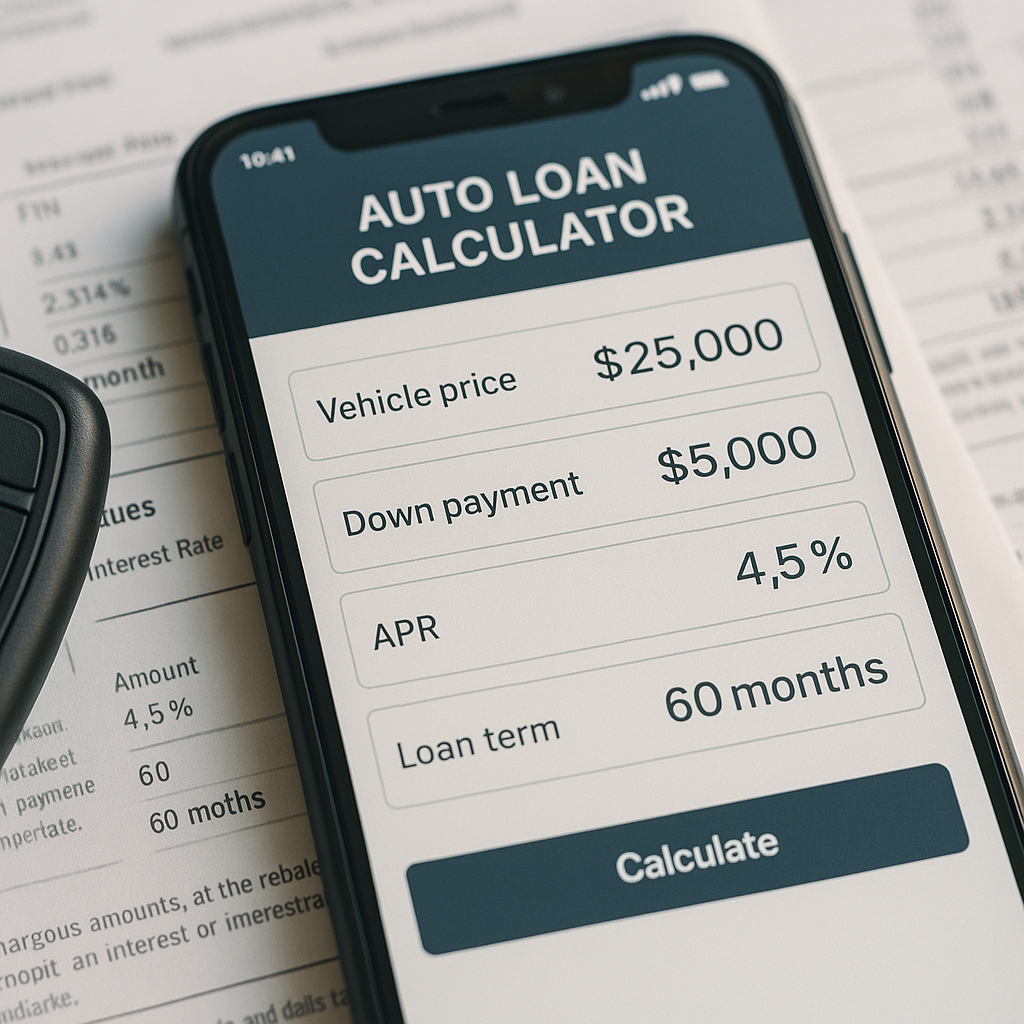Hello car enthusiasts who are looking to upgrade their ride! We will be exploring the world of low profile tires, which are not just for fast cars. They offer many other benefits. Low-profile tires aren’t just for speed machines. They can be a great addition to any vehicle. What are low-profile wheels, why should I be interested in them and how can they improve my vehicle? We will be covering everything you need to know about low-profile tires and how they can revolutionize your vehicle.
History of low profile tires
The Evolution of Tire Design
The history of low-profile tires.
Low-profile tires are a product of a long history dating back to the first decades of the 20th century. Tire design was initially based on comfort and durability, with high sidewalls providing a cushioned riding experience. As automotive technology improved, so too did tire performance. Low-profile tires were developed to improve handling, road grip and aesthetics.
In the 1960s, these tires were first introduced. They are characterized by a smaller sidewall and a larger tread. Originally, they were designed to provide better cornering and stability for high-speed vehicles. Low-profile tires were also popular because of their aesthetic appeal, which gave vehicles a sportier look.
Early Adoption in Motorsports
Low-profile tires were popularized in racing and then on the consumer market.
Motorsports is where the true potential of low profile tires was realized. These tires were quickly adopted by racing teams due to their superior performance. The sidewalls are shorter, which reduces flexing when performing high-speed maneuvers. This gives drivers better control and response. The adoption of low-profile racing tires in circuits has highlighted their advantages, such as improved traction and brake efficiency.
The public was not unaware of the success that low-profile tires had in motorsports. Automobile manufacturers and enthusiasts began to realize the advantages these tires can bring to daily driving. In the 1980s low-profile tires began to be offered on the market as an option for luxury cars and sports cars. As their popularity grew over time, they were used on many vehicles, including performance models and everyday sedans.
Low-profile tires have become a symbol of style and performance, and are regarded as a milestone in tire design. Drivers who want to improve the appearance and handling of their vehicle continue to choose low-profile tires.
Definition and Characteristics
What are low-profile tire? Low-profile tires have a lower aspect-ratio, that is, a smaller difference between tire width and sidewall height, than other tires. This results in incredibly thin rubber strips between the tire sidewalls, and road surfaces. These tires can be a great choice for both aesthetic and performance considerations. They also look amazing!
Let’s dive deeper into “aspect ratio.” As an example, consider tire size 225/50R17: This size has “225” in millimeters as the tire width and an aspect of 50. This equals half of width. Sidewall height is equal to 50% of width. Low aspect ratios are characterized by shorter sidewalls and low-profile tires. Sidewalls are less than half the width of these tires, creating a wider contact patch that improves handling and performance.
Low-profile tires have many benefits.
Why choose low-profile tires for your vehicle? Performance and style. They offer better handling due to their wide contact area. You’ll see them on sports cars and high-performance vehicles.
Low-profile tires can give your car an instant aesthetic upgrade. They not only make it more aerodynamic and stylish, but they also improve the driving experience. Low-profile wheels can be easily fitted with larger, more visually appealing ones for a greater visual impact. This makes a huge difference to both the appearance and driving experience.
You should consider a few things before switching to low profile tires.
You should consider a few factors before choosing low-profile tires. The first thing to consider is the ride comfort. These tires have a tendency to have a firmer sidewall due to lowered sidewall height. This makes less than ideal surfaces more visible, which could lead to discomfort on rough roads.
Compatibility also plays a key role, as low-profile tires might not fit every vehicle and wheel size. Consult a professional before making any decisions regarding low-profile tires.
Improved Handling and Performance
Low-profile tires improve vehicle handling and provide drivers with a more precise and responsive driving experience. These tires have shorter sidewalls, which reduce flexing and roll. This allows for greater stability when cornering or performing high-speed maneuvers. The design of the tire increases its contact with the road and improves grip and traction, particularly in dry conditions. The stiffer sidewalls contribute to a direct and controlled steering reaction, which makes the vehicle feel more agile. Low-profile tires can help drivers achieve a more performance-oriented ride.
Aesthetic Appeal
Low-profile tires contribute to the sleek and modern appearance of vehicles. Reduced sidewall heights and wider treads create an aggressive, sporty look that enhances the aesthetics of a car. Low-profile tires are often used to complement larger wheels, as they fill out the wheel wells and give the vehicle a more substantial and grounded look. This upgrade is popular with car enthusiasts who value style and want to make their vehicle stand out. Combining larger wheels with low-profile tires will transform any car’s appearance, adding sophistication and modernity.
Improved brake
Low-profile tires can also improve braking performance. Increased surface area of tire treads in contact with road improves grip and traction which are crucial when braking. This improved traction results in shorter stopping distances, and better braking performance. Low-profile tires have stiffer sidewalls, which reduce deformation when braking hard. This ensures that more tire is in contact with road. This stability makes braking more confident and controlled, especially in high-performance driving situations. Low-profile tires offer a great advantage to safety-conscious drivers. They can drive with peace of mind, regardless of the driving conditions.
Low-profile tire maintenance tips
It is important to keep low-profile tires well maintained. Check tire pressure regularly. Correct inflation is essential to avoid damage and increase longevity. Pay special attention to signs of wear on the sidewalls.
Are you ready to upgrade your tires to low-profile ones?
Do you want to upgrade your vehicle by installing low profile tires? Low-profile tires give your car an attractive, sporty look while improving its handling. Wheels on the South strives to make the transition for its clients as smooth as possible.
Do you have questions about your vehicle or do you want to upgrade it today? Reach out. We have experts on hand who can help you make the best choices and upgrade them. Call Wheels on South today.



